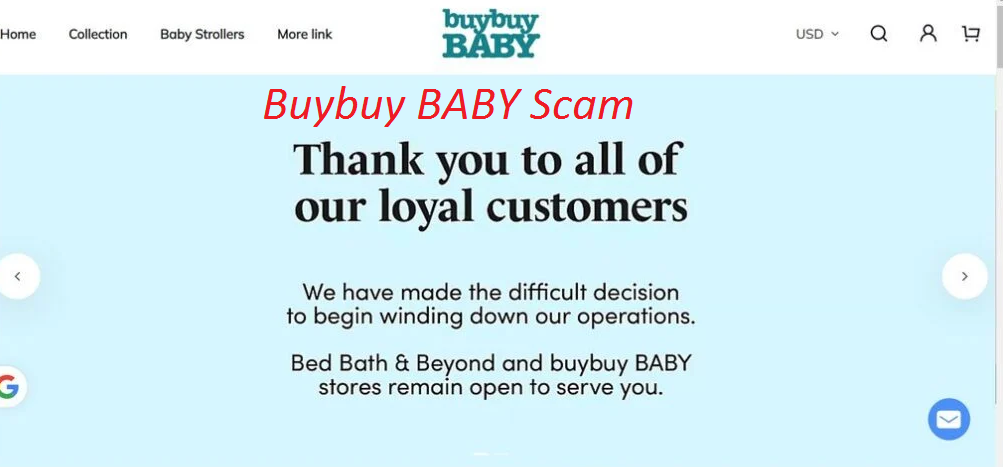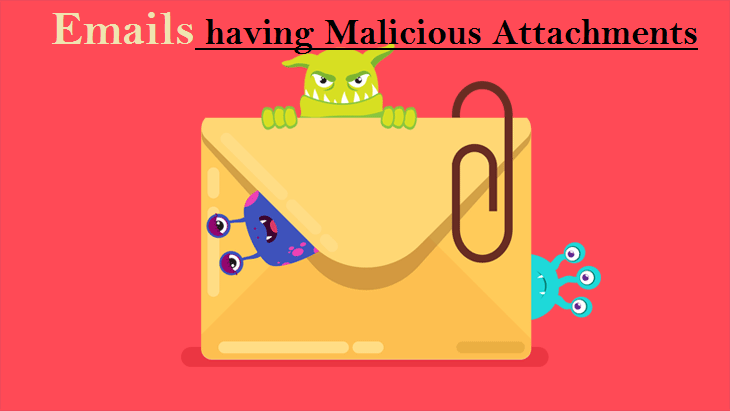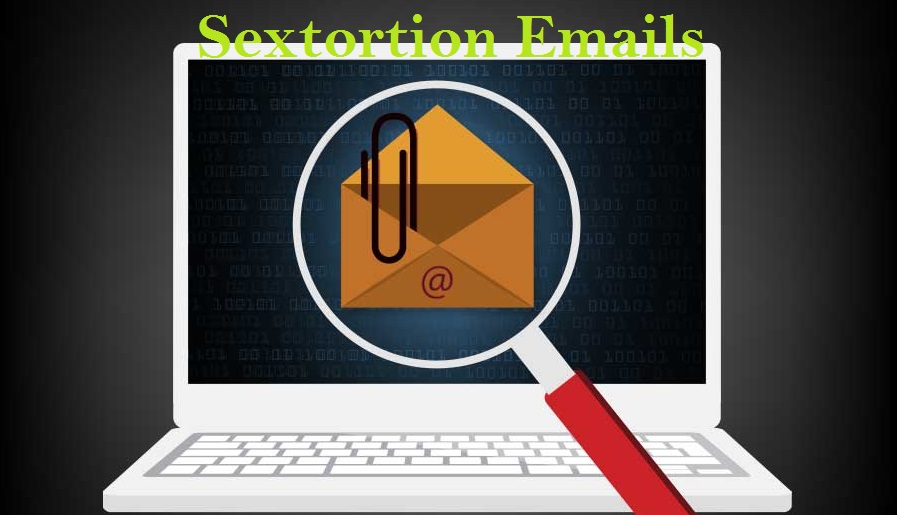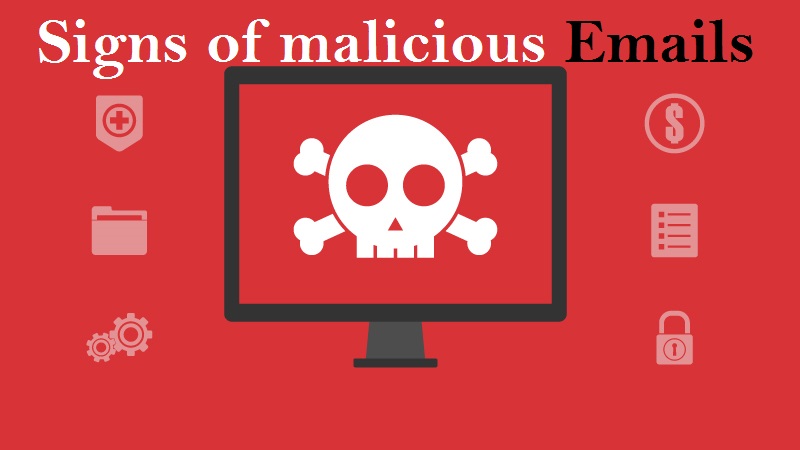Don’t Fall Victim To Buybuy BABY Scam

Buybuy BABY needs no introduction as it is one of the most familiar retailers of baby products and accessories. But unfortunately some of the scammers are using this brand name to manipulate its genuine customers for making illicit money. The scammers use the Buybuy BABY name and logo to convince the uses for buying fake or non-existing products.
This rogue website pretends that it is associated with the legitimate Buybuy BABY company. The fraudsters use the same name, logo and domain name as the legitimate company but there’s a slight difference. This fake website creates a sense of urgency among the customers, they claims that Buybuy BABY closing all its stores. Due to this reason, the website is offering huge discounts of up to 90% on several baby products. In order to create a good impression on the visitors, the domain also use fake reviews, testimonials and social media posts .
But you need to know that this website is not associated with the legitimate company. The sole purpose of this fraudsters is to steal your money and personal information as well. The customers who have shopped from this site have shared that they either receive an inferior quality product or they didn’t receive their orders at all. Therefore, it is highly recommended not to trust such bogus website.
How does the scam operate?
The Buybuy BABY Scam All Stores Closing Scam capitalizes on customers’ trust and loyalty towards Buybuy BABY Scam by creating fake websites and using various deceptive methods to attract unsuspecting individuals. They often employ spam emails or text messages that falsely assert Buybuy BABY Scam’s imminent closure and promote a clearance sale, luring recipients to their fraudulent websites.
Additionally, scammers may impersonate Buybuy BABY Scam or its employees on social media platforms, sharing links to their website and exploiting the brand’s reputation. Purchasing online ads or sponsored posts with relevant keywords or images related to Buybuy BABY Scam further increases their visibility. Fake coupons or vouchers claiming exclusive discounts entice victims to enter their information, enabling scammers to perpetrate financial fraud or sell personal data.
In addition, the scammers might employ tactics like establishing counterfeit customer service numbers or email addresses, incorporating forged logos or seals of approval, or using domain names containing misspellings or typos related to Buybuy BABY Scam.
Upon visiting the counterfeit website, customers encounter seemingly authentic and discounted products. To induce a sense of urgency, the site may feature a countdown timer or limited stock indicator, pressuring customers to make swift purchases. Additionally, the website might prompt users to sign up for an account or newsletter before proceeding to checkout, further enhancing the illusion of legitimacy while stealthily collecting their personal information for malicious purposes.
As customers input their personal and financial details on the deceptive website, they unwittingly surrender this information to the scammers, who can exploit it for fraudulent endeavors. The customers might then receive a confirmation email or message, cleverly crafted to resemble Buybuy BABY Scam’s communication, but emanating from the scammers. The message could include false tracking numbers or delivery dates for the ordered products.
Regrettably, customers never receive the non-existent products they ordered, falling victim to the scam’s deceitful nature. Worse still, the scammers may persistently charge their accounts with recurring fees or unauthorized subscriptions. To compound the harm, the victims might encounter unauthorized transactions from other entities that procured their information from the scammers. This can lead to fake identity theft concerns, as the scammers exploit the acquired data to open accounts, apply for loans, and perpetrate crimes using the victims’ identities, entangling them in a web of troubles.
Tips to avoid the scam:
To steer clear of falling victim to the Buybuy BABY Scam All Stores Closing Scam and other phishing attempts, customers must remain alert and vigilant. Firstly, it’s crucial to validate the authenticity of websites, especially if they come across them through email, messages, or ads. Examining the domain name, spelling, grammar, design, and security features can help identify suspicious sites. Seeking reviews or ratings from other customers can provide additional insight. When in doubt, reaching out directly to Buybuy BABY Scam to verify any clearance sales or promotions is advisable.
Secondly, customers should never disclose personal or financial information without proper research and verification. Suspicious links or attachments should be avoided, and any offers that appear too good to be true or demand urgent action or payment should be treated with caution. Employing a secure and up-to-date device and browser, along with strong and unique passwords for each online account, is essential. Enabling two-factor authentication where possible adds an extra layer of security.
Lastly, regularly monitoring credit reports and bank statements for any unusual activity or errors can help detect potential fraud early on. Utilizing the free annual credit report service from major credit bureaus and considering fraud alerts or credit freezes for added protection can thwart unauthorized access to personal information and financial accounts. By following these precautions, customers can significantly reduce their vulnerability to phishing scams and safeguard their online transactions.
In terms of email-based cyber threats, what are the different types of malicious emails?
Emails having Malicious Attachments

Email spam containing malicious attachments is a commonly employed method by cybercriminals to compromise users’ computers with malware. Malicious attachments often harbor trojans that possess the ability to pilfer sensitive data such as banking details, passwords, and other confidential information.
The primary objective of cybercriminals in these attacks is to deceive their potential victims into accessing a compromised email attachment. They commonly employ email messages that discuss recently obtained invoices, faxes, or voice messages to accomplish this aim.
If an unsuspecting individual succumbs to the trap and opens the attachment, their computer becomes infected, allowing cybercriminals to gather a substantial amount of confidential data.
Although it is a more intricate technique to pilfer personal data (as spam filters and antivirus programs typically identify such endeavors), if cybercriminals achieve success, they can access a broader spectrum of information and continue accumulating data over an extended duration.
Phishing Emails

Typically, cybercriminals employ deceitful emails to deceive individuals on the internet into divulging their confidential personal information, such as login credentials for diverse online platforms, email accounts, or online banking details.
These types of attacks are commonly known as phishing. In a phishing attack, cybercriminals typically send an email that mimics the branding of popular services like Microsoft, Amazon, DHL, or Netflix. They craft messages with a sense of urgency, such as incorrect shipping details or expired passwords, and include a hyperlink, hoping to entice unsuspecting recipients into clicking on it.
Upon clicking the provided link in these email messages, victims are redirected to a counterfeit website that closely resembles the legitimate one. In this deceptive environment, victims are prompted to enter their password, credit card information, or other sensitive data, which is subsequently harvested by cybercriminals for malicious purposes.
Spam Emails

Spam emails are unsolicited, bulk messages sent to a large number of recipients simultaneously. They often contain unwanted advertisements, scams, or fraudulent offers. The primary purpose of spam emails is to promote products, services, or websites, sometimes of dubious nature.
These emails can be sent by individuals or automated bots, and they often target a wide range of recipients without their consent. Spam emails can clog up inboxes, consume storage space, and pose risks such as phishing attempts or malware distribution.
Sextortion Emails

This type of email is a form of phishing known as a “sextortion scam.” It preys on individuals’ fears and attempts to blackmail them into paying a ransom. The scam email falsely claims that a cybercriminal has gained unauthorized access to the victim’s webcam and possesses a compromising video recording of them engaging in explicit activities.
The scammers leverage the potential embarrassment and shame associated with such content to coerce the victim into paying a ransom, often in the form of cryptocurrency, to prevent the release of the alleged video. However, it is crucial to understand that these claims are entirely false and fabricated.
What are some indicators or signs that can help identify a malicious email?

To spot a malicious email you can look for the following indicators:
Suspicious Sender: Check the sender’s email address and verify if it matches the official contact information of the organization or person they claim to represent. Be cautious of email addresses that contain misspellings, random numbers, or unfamiliar domain names.
- Poorly Written Content: Pay attention to grammar and spelling mistakes, unusual language, or poor formatting. Legitimate organizations usually maintain professional communication standards.
- Urgent or Threatening Language: Beware of emails that create a sense of urgency, pressure you to take immediate action, or threaten negative consequences if you don’t comply. Scammers often use fear or time-sensitive situations to manipulate victims.
- Suspicious Attachments or Links: Be careful of email attachments or links, especially from unknown or unexpected sources. Don’t open attachments or click on links unless you are confident about their legitimacy. Hover over links to see the actual URL before clicking.
- Requests for Personal Information: Legitimate organizations typically don’t request senstive information, such as passwords, Social Security numbers, or credit card details, via email. Avoid providing personal data unless you are certain of the email’s authenticity.
- Unusual Requests or Offers: Be wary of emails offering unexpected rewards, prizes, or financial opportunities. If something seems too good to be true or doesn’t align with your normal interactions, it could be a sign of a scam.
- Suspicious Email Design: Poorly designed or visually inconsistent emails may indicate a scam. Watch for generic greetings, mismatched logos, or distorted images.
If you have doubts about an email’s legitimacy, it’s best to err on the side of caution. Avoid clicking on links or downloading attachments, and consider contacting the sender through a verified channel to verify the email’s authenticity.
What actions can be taken if you have fallen for an email scam?

Below are the steps you should take if you’ve fallen prey to the Buybuy BABY Scam All Stores Closing Scam.
- If you have mistakenly provided your credit card information after clicking on a link in a phishing email, it is crucial to immediately contact your bank and inform them about the situation. It is highly likely that you will need to take steps to cancel the compromised credit card and request a replacement for enhanced security.
- If you have inadvertently provided your password after falling for an email scam, it is essential to promptly change your password. Typically, cybercriminals gather stolen login details and sell them to other malicious groups for potential exploitation. By changing your password immediately, you reduce the likelihood of criminals having sufficient time to cause harm or unauthorized access to your accounts and information.
- If you notice any indications of identity theft, it is important to promptly reach out to the Federal Trade Commission (FTC). The FTC will gather information about your situation and develop a personalized recovery strategy.
- Assist in safeguarding fellow internet users by reporting phishing emails to organizations such as the National Fraud Information Center, Anti-Phishing Working Group, FBI’s Internet Crime Complaint Center, and the U.S. Department of Justice.
- If you have inadvertently opened a malicious attachment, it is likely that your computer has been compromised. To address this, it is advised to conduct a thorough scan of your system using a reliable antivirus software. We suggest utilizing SpyHunter 5 for Windows to help mitigate any potential threats.
⇓⇓Download Spyhunter 5 Free Scanner⇓⇓
Do make sure to read SpyHunter’s EULA and Privacy Policy. Spyhunter free scanner downloaded just scans and detect present threats from computers and can remove them as well once, however it requires you to wait for next 48 hours. If you intend to remove detected threats instantly, then you will have to buy its licenses version that will activate the software fully.
Frequently Asked Questions
Why was I included in the distribution of this email?
Phishing emails are often disseminated by threat actors through extensive campaigns, leading to thousands of recipients receiving comparable messages.
If I have viewed a spam email but refrained from opening the attachment, is there a possibility that my computer has been infected with malware?
Simply opening or reading an email does not pose a direct risk of malware infection. The actual threat arises when you interact with malicious attachments or links contained within the email, triggering potential malware download or installation processes.
If I downloaded and opened a file from a spam email, does that mean my computer is infected? How can this question be asked in a different form?
If the file you opened from a spam email was an executable file (.exe, .run, etc.), there is a high chance that your computer may be infected. However, if the file was a document format (.doc, .xls, .one, .pdf, etc.), the risk of infection may be lower as these formats usually require additional actions to initiate the download or installation of malware, such as enabling macros or clicking on embedded content.
If I have unknowingly shared your personal information in response to a deceptive spam email, what steps should I take to mitigate the potential risks?
If you have mistakenly shared your login credentials, it is crucial to change the passwords for all affected accounts promptly. Additionally, if sensitive personal information like identification documents or credit card details were disclosed, it is important to promptly notify the relevant authorities or organizations responsible for handling such incidents.
Is SpyHunter 5 capable of detecting and eliminating malware infections that may be present in email attachments?
SpyHunter 5 is powerful security software that is specifically designed to scan devices and effectively remove various types of malware infections. With its comprehensive scanning capabilities, it can detect and eliminate most known malware threats, including those that may be present in email attachments and pop-up notifications. Running a thorough system scan is crucial to ensure that all potential threats are identified and removed from your device.





